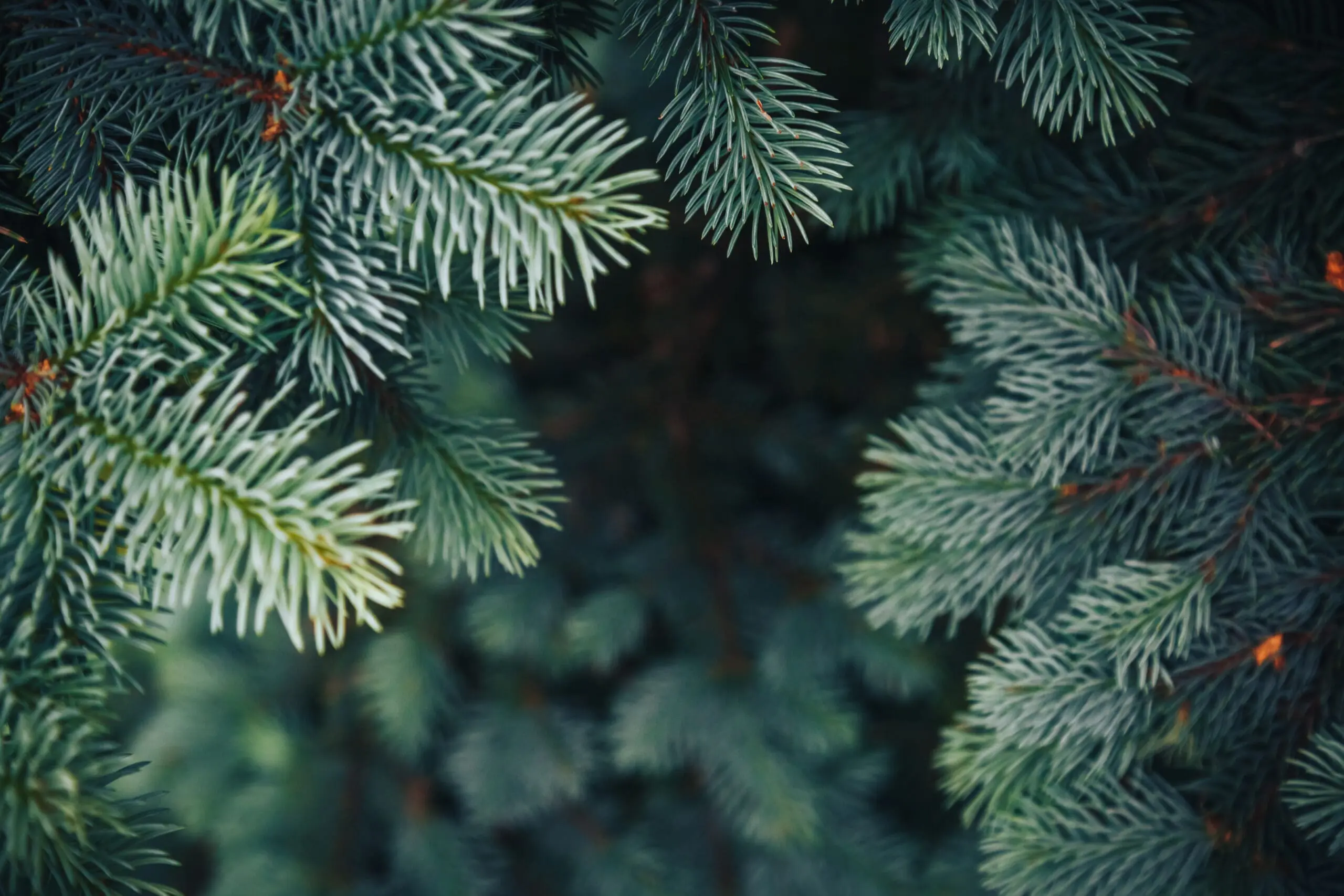IN THE EVENT OF AN EMERGENCY THIS SITE IS NOT MONITORED. FOR CURRENT INFORMATION GO TO HTTPS://EMERGENCY.MARINCOUNTY.GOV.
Fire-Hazardous Plants
This is a partial list of fire-hazardous plants, which are common to Marin. These plants typically share characteristics that may make them ignite readily and burn intensely. Firefighters have observed these plants igniting and burning during recent wildfires in northern California and Marin. For this reason, these plants are usually poor choices for landscaping use in a home’s defensible space zones, or close to roads and driveways in Marin’s wildland urban interface.


California Natives
Note that this list contains some plants native to Marin and/or California. Native plants often provide value to the landscape and health of an ecosystem, even while many share characteristics that may create a hazard during wildfires. Even natives on this list may be able to be maintained in a state that makes them relatively ignition resistant, thus reducing their hazard, by keeping them free of dead material and irrigating properly for their exposure and soil conditions. Consult a fire professional if you are unsure about the potential hazard.
The Fire Code
Your fire department may require the removal of certain plants within 30 to 100-feet of structures. While the fire department may refer to this list, the ultimate determination of hazard is up to the fire code official and may take into account other site conditions or plant characteristics beyond the species of plant. The presence of a certain species on this list does not always mean it must be removed; Fire Safe Marin’s list is not a substitute for the eyes and experience of a professional. A plant list does not take into consideration each individual site’s conditions, slope, aspect, moisture, or soils, which can all influence a plant’s response to fire.

All Plants Can Burn if Dead, Poorly Maintained, or Drought-Stressed
The plants listed here are representative of common species that typically share one or more of these characteristics: they may be biologically prone to burn due to chemical composition (often containing volatile oils); are difficult to maintain in a fire-resistant state (they accumulate dead woody material, dead leaves, or other hazardous dead growth); they may have a physical structure that presents challenges to routine maintenance (some thorny or dense shrubs that accumulate dead material in locations where it is difficult to remove); they may have a high surface area to volume ratio (such as fine needles or lacey leaves); and, they may be prone to rapid changes in moisture content in response to environmental conditions (they may be adequately hydrated one day, but lose moisture within hours when exposed to hot, dry weather).
Fire-Hazardous Plants
This list is not comprehensive and is intended to identify species most common in Marin.







